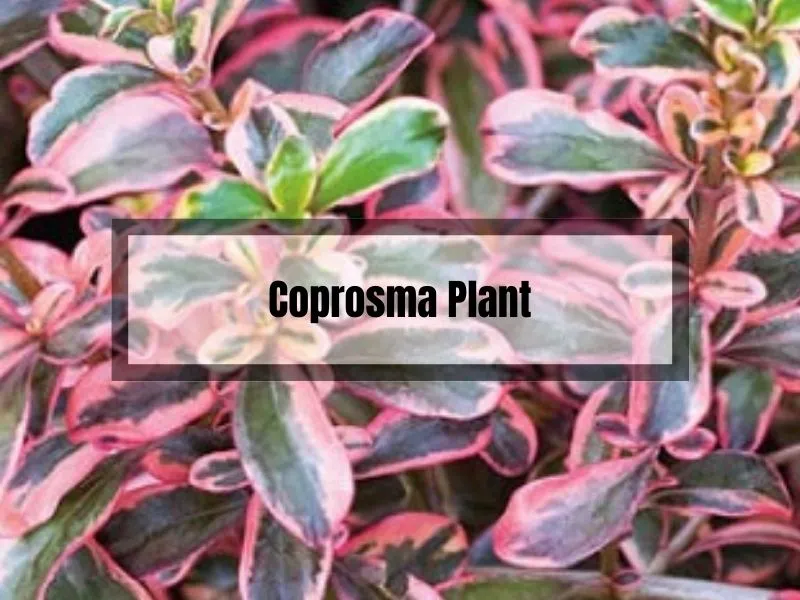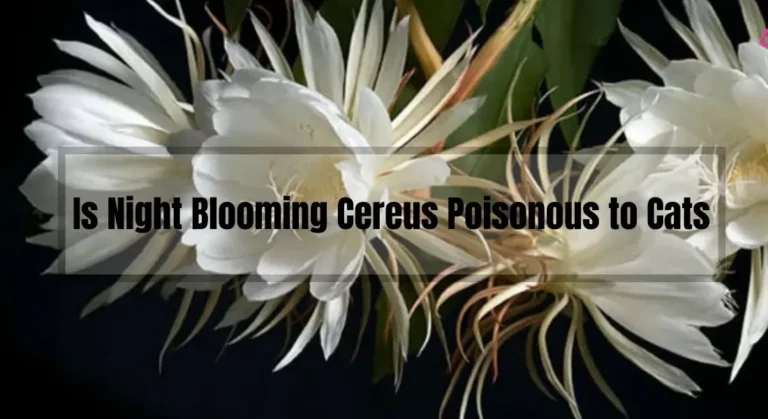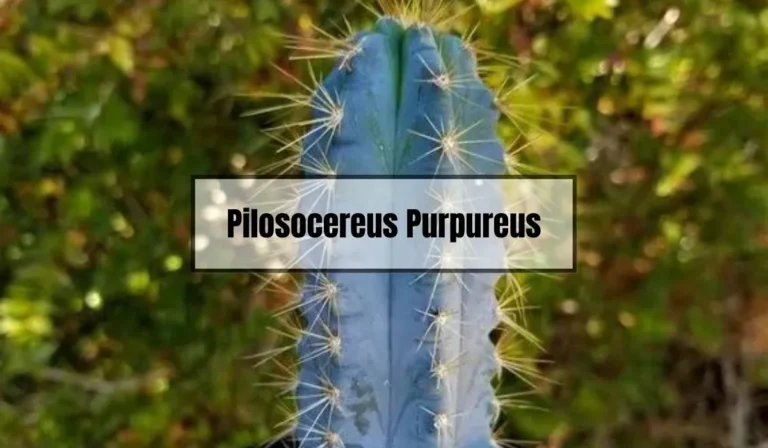Coprosma Plant – The Stunning Mirror Plant
Coprosma plant, also known as the mirror plant, is a stunning shrub that is sure to add a touch of glamour to any garden.
With its evergreen nature and shiny, glossy leaves that come in a wide array of colors and combinations, including pink, burgundy, and gold, the Coprosma plant is a total showstopper. This plant is a member of the Coprosma genus, which includes ninety species of evergreen shrubs and small trees.
If you’re interested in growing Coprosma plant in your garden, you’ll be happy to know that it’s relatively easy to care for. Coprosma is drought tolerant, and it can tolerate heat and cold as well as seaside locations.
In this article, we’ll take a closer look at how to grow and care for Coprosma plant, as well as the benefits of adding this stunning shrub to your garden.
Key Takeaways
- Coprosma plant, also known as mirror plant, is a stunning shrub with glossy, evergreen leaves that come in a variety of colors.
- Coprosma is relatively easy to care for and can tolerate drought, heat, cold, and seaside locations.
- Adding Coprosma plant to your garden can provide a touch of glamour and beauty.

Coprosma Plant
If you’re looking for a striking evergreen shrub to add to your garden, consider the Coprosma plant. With its shiny, marbled leaves, this plant is sure to catch the eye of anyone who passes by.
In this section, we’ll go over some key information about the Coprosma plant, including its origin and habitat, characteristics, and varieties.
Origin and Habitat
The Coprosma plant is native to New Zealand, Australia, and many Pacific islands. It is a hardy plant that can grow in a variety of habitats, from coastal regions to mountainous areas.
Because of its adaptability, the Coprosma plant is now grown in many parts of the world, including the United States, Europe, and Asia.
Characteristics
The Coprosma plant is an evergreen shrub that can grow up to 10 feet tall. Its leaves are shiny and marbled with splashes of creamy white, making it a popular choice for ornamental gardens. The plant is also known for its small, inconspicuous flowers that bloom in the summer.
One of the things that makes the Coprosma plant so appealing is its low-maintenance nature. It doesn’t require much water or fertilizer, and it can grow in a variety of soil types. However, it does need good drainage, so make sure to plant it in an area where water won’t collect around its roots.
Varieties
There are many different varieties of Coprosma plants, each with its own unique characteristics. Some popular varieties include:
- Coprosma ‘Marble Queen’: This variety has shiny green leaves marbled with splashes of creamy white, and it can grow up to 6 feet tall.
- Coprosma ‘Rainbow Surprise’: This variety has leaves that are green with pink and cream variegation, and it can grow up to 3 feet tall.
- Coprosma ‘Tequila Sunrise’: This variety has leaves that are green with yellow and orange variegation, and it can grow up to 3 feet tall.
No matter which variety you choose, the Coprosma plant is sure to add a touch of beauty to your garden.
How to Grow and Care for Coprosma Plant
Coprosma plant is a beautiful evergreen shrub that can add an interesting touch to your garden. Here are some tips to help you grow and care for your Coprosma plant.
Planting Process
When planting your Coprosma plant, make sure to choose a spot that receives full to partial sunlight. Coprosma plants can tolerate a wide range of soil types, but they prefer well-draining soil.
Dig a hole that is twice as wide and deep as the root ball of your Coprosma plant. Gently remove the plant from its container, and loosen any tangled roots. Place the plant in the hole, and backfill with soil, gently tamping it down to remove any air pockets.
Watering and Feeding
Coprosma plants require regular watering, especially during the first growing season. Water your plant deeply once or twice a week, depending on the weather conditions. Make sure the soil is moist but not waterlogged.
Fertilize your Coprosma plant with a balanced fertilizer once a month during the growing season. Follow the instructions on the fertilizer package for the correct dosage.
Pruning and Repotting
Prune your Coprosma plant in the spring to remove any dead or damaged branches. You can also shape the plant to your desired size and shape.
Repot your Coprosma plant every two to three years, or when it outgrows its container. Choose a pot that is one size larger than its current pot, and use a well-draining potting mix.
Dealing with Pests and Diseases
Coprosma plants are generally resistant to pests and diseases. However, they can be affected by spider mites or scale insects. If you notice any signs of infestation, treat your plant with an insecticide or a horticultural oil.
Make sure to keep an eye out for any signs of leaf spot or root rot, which can be caused by overwatering or poor drainage. If you notice any signs of these diseases, remove the affected leaves or roots and adjust your watering habits accordingly.
By following these tips, you can ensure that your Coprosma plant thrives in your garden.
Benefits of Coprosma Plant
If you’re looking for a low-maintenance shrub that adds interest to your garden, Coprosma is a great choice. Here are some benefits of this stunning plant:
1. Attractive Foliage
Coprosma is known for its glossy, dark green leaves with splashes of vibrant colors such as orange, red, and yellow. The striking foliage makes it an eye-catching addition to any garden.
2. Easy to Grow
Coprosma is an easy-to-grow shrub that requires minimal maintenance. It can tolerate a wide range of soil types and can grow in full sun or partial shade. It is also drought-tolerant and can withstand salt spray, making it an ideal choice for coastal gardens.
3. Versatile
Coprosma can be grown as a hedge, border plant, or as a specimen plant. It can also be grown in containers, making it a great choice for small gardens or balconies.
4. Wildlife Attractor
Coprosma is a great plant for attracting wildlife to your garden. The flowers attract bees and other pollinators, while the berries are a food source for birds.
5. Medicinal Properties
Coprosma has been traditionally used in Maori medicine for a variety of ailments, including stomach and bowel complaints. While there is limited scientific research on its medicinal properties, it is still widely used in natural medicine.
In summary, Coprosma is a stunning plant that is easy to grow, versatile, and attracts wildlife to your garden. Its attractive foliage and medicinal properties make it a great addition to any garden.
Frequently Asked Questions (FAQs)
How to protect Coprosma plants in colder climates
If you live in a colder climate, consider moving your Coprosma plant to a greenhouse or another protected area during the winter months. Alternatively, you can cover it with a frost cloth to shield it from the cold.
How to choose the best Coprosma variety for your garden
Think about your garden’s overall color scheme and the specific spot where you want to plant your Coprosma. Choose a variety that complements your existing plants and adds visual interest to your landscape.
How to propagate Coprosma plants
You can propagate Coprosma plants by taking semi-hardwood cuttings during the summer months. Dip the cut end in rooting hormone and place it in well-draining soil. Keep the soil moist, and with some patience, you’ll have a new Coprosma plant to enjoy.
Are Coprosma plants toxic to pets or humans?
There is no evidence to suggest that Coprosma plants are toxic to humans or pets. However, it’s always a good idea to keep an eye on your furry friends and little ones around any plant, just to be on the safe side.
Conclusion
So, there you have it! The stunning Coprosma plant is not only a visual treat, but it’s also a versatile and resilient addition to any garden or landscape. With its evergreen nature and dazzling array of colors, it’s easy to see why the Coprosma plant is a favorite among plant enthusiasts like us.
I hope this guide has given you all the information and inspiration you need to bring the beauty of the Coprosma plant into your own garden. So, what are you waiting for? Get out there and make your garden shine with these gorgeous mirror plants. Happy planting!






